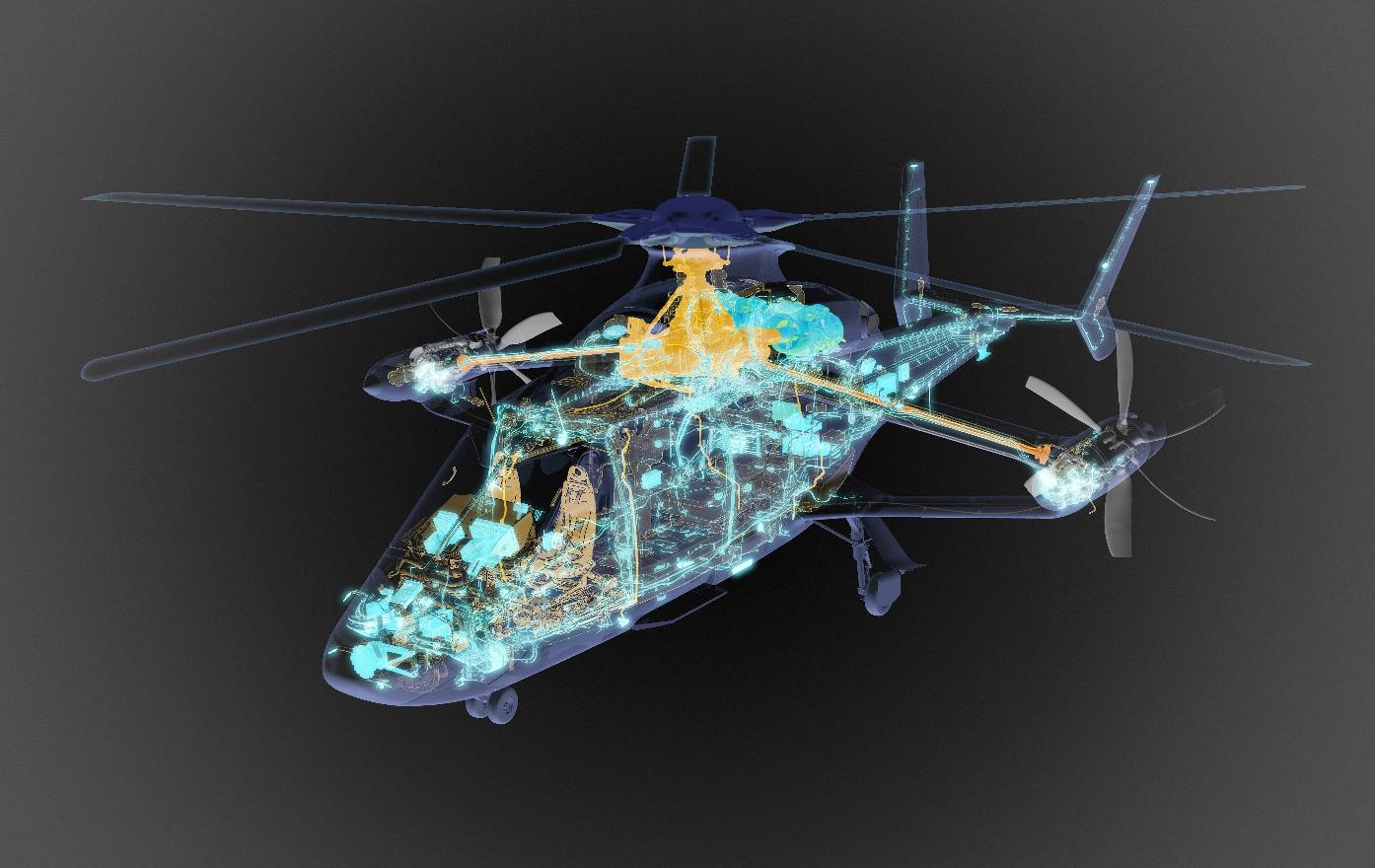Key sub-systems have successfully passed their preliminary design review (PDR) clearing the way for the launch of initial components manufacture.
Airbus Helicopters has announced the latest progress with the development of its Racer (Rapid And Cost-Efficient Rotorcraft) technology demonstrator. The programme, which is funded by European Union’s H2020 framework through the Clean Sky 2 programme, is seeking to achieve the best trade-off between speed, cost-efficiency, sustainability and mission performance.
After the validation of the demonstrator’s aerodynamic configuration last year, key sub-systems have now successfully passed their preliminary design review (PDR) clearing the way for the launch of first components manufacture. Final assembly of the prototype is planned to start in Q4 2019.
Tomasz Krysinski, Head of Research & Innovation at Airbus Helicopters, explains that the PDR makes it possible to freeze interfaces and 3D definitions of the main subsystems, prior to detailed design and manufacture of key components.
Airbus Helicopters teams have already launched production of the lateral drive shaft, one of the Racer’s most innovative components. Among key subsystems, Italy’s Avio Aero, a GE Aviation Business, is launching procurement and manufacturing for the aircraft’s lateral gear box housing, while Hamble, UK-based GE Aviation Integrated Systems is taking care of the wing’s titanium cradle part.
Romania’s INCAS/Romaero has already started manufacturing the Racer’s composite side panel and Spain’s Aernnova, the tail parts primary structure.
Together with its partners, Airbus Helicopters is currently refining the content of the future Racer flight demonstration in Clean Sky 2 which will begin in 2020 and include about 200 flight hours. The first phase will focus on the progressive opening of the flight envelope and on assessing key performance objectives as well as speed, handling qualities, stability and aerodynamics.
The second phase will aim at demonstrating the aircraft’s suitability to carry out potential missions where increased speed and efficiency would bring significant added value, such as emergency medical services (EMS), search & rescue (SAR) and private transport.
The second flight testing phase will also be used to mature low-noise flight procedures.
Earlier this year, Safran's new Aneto engine was selected to power the demonstrator.

